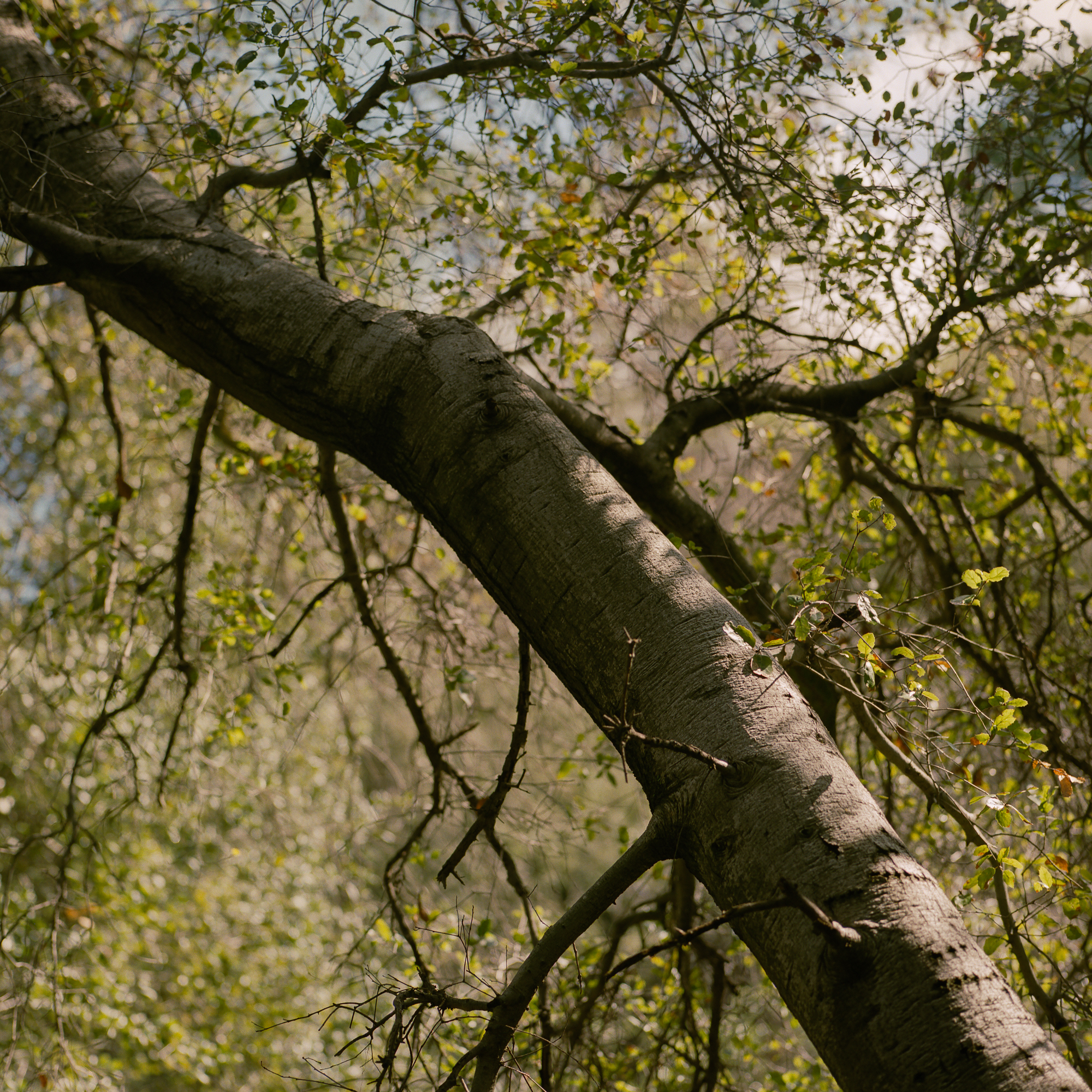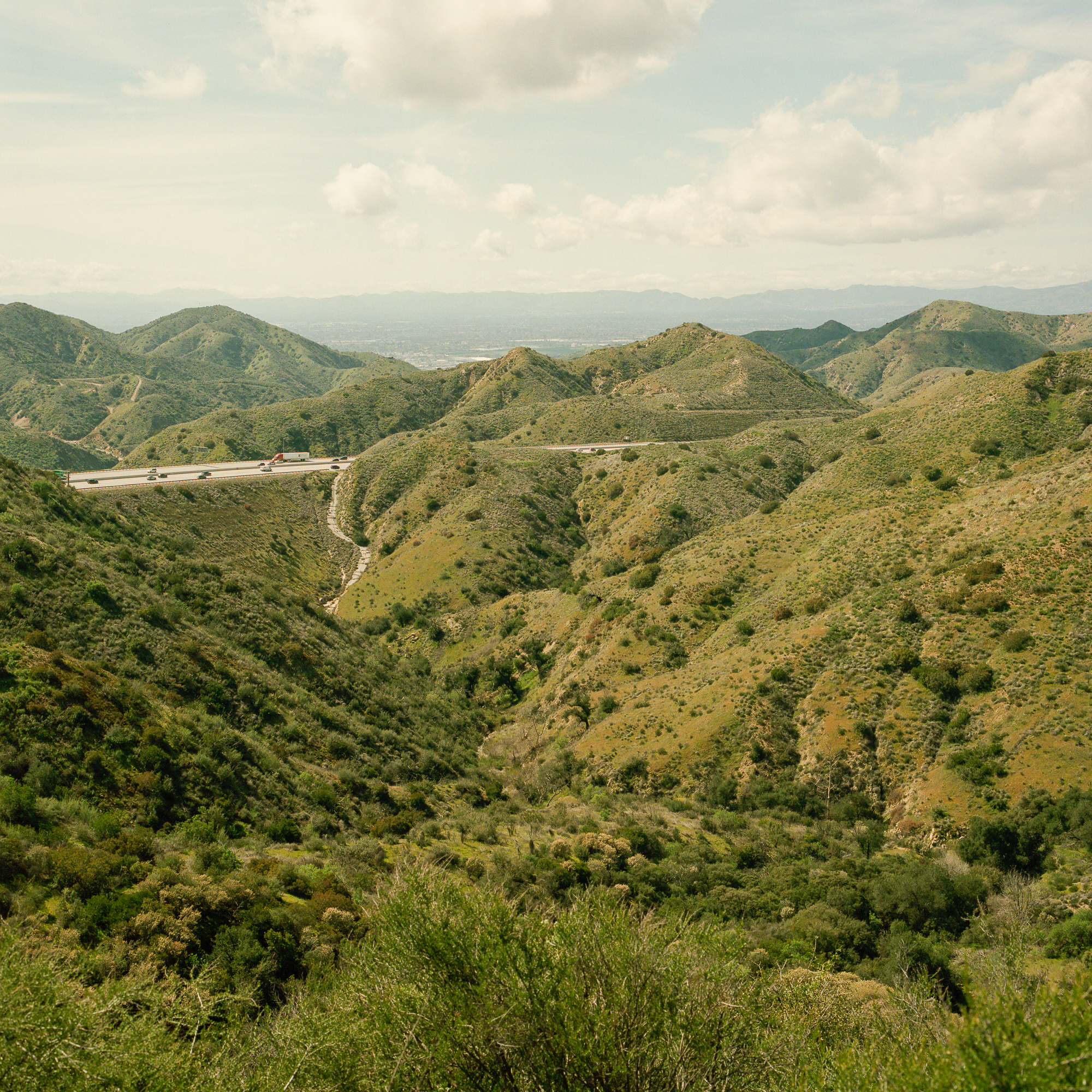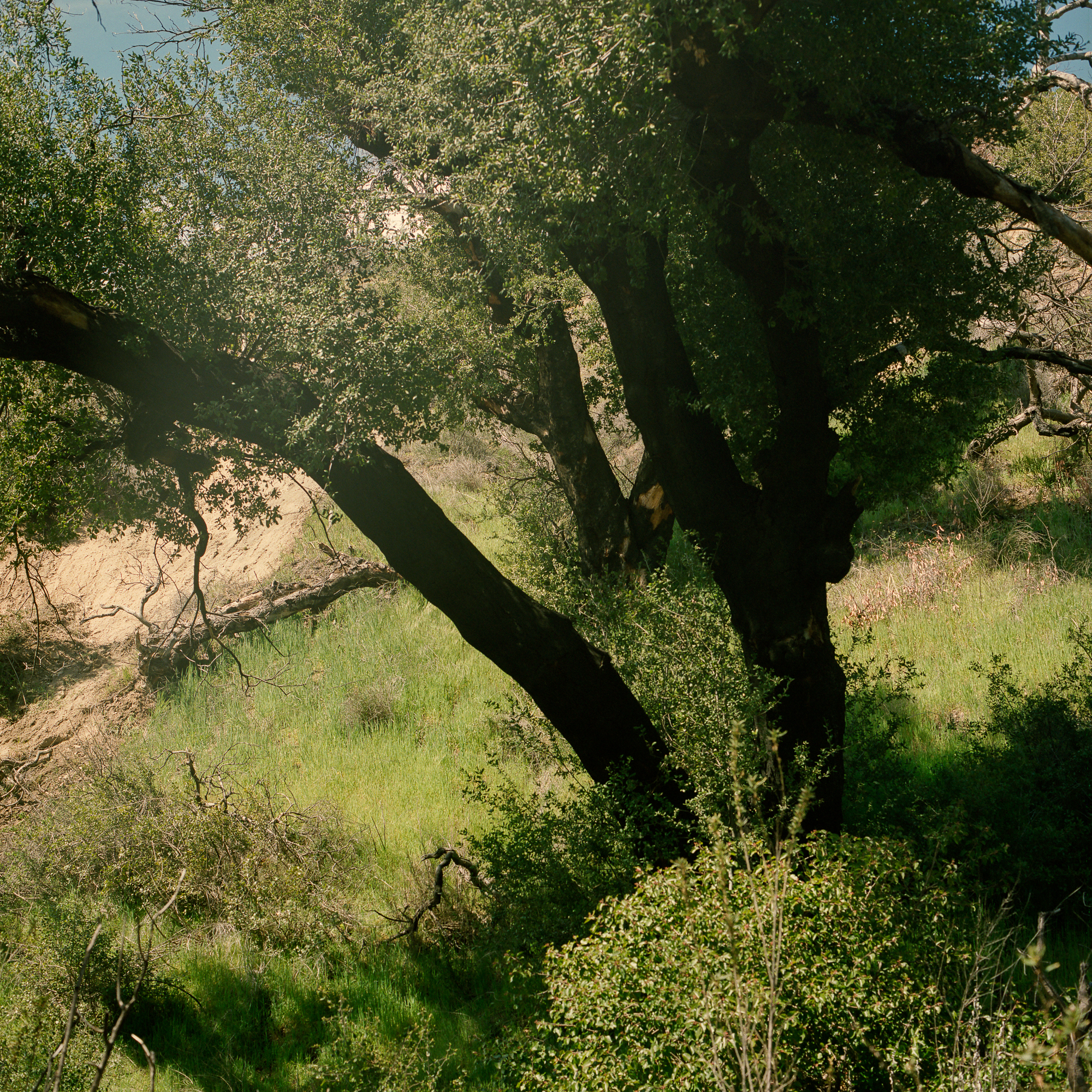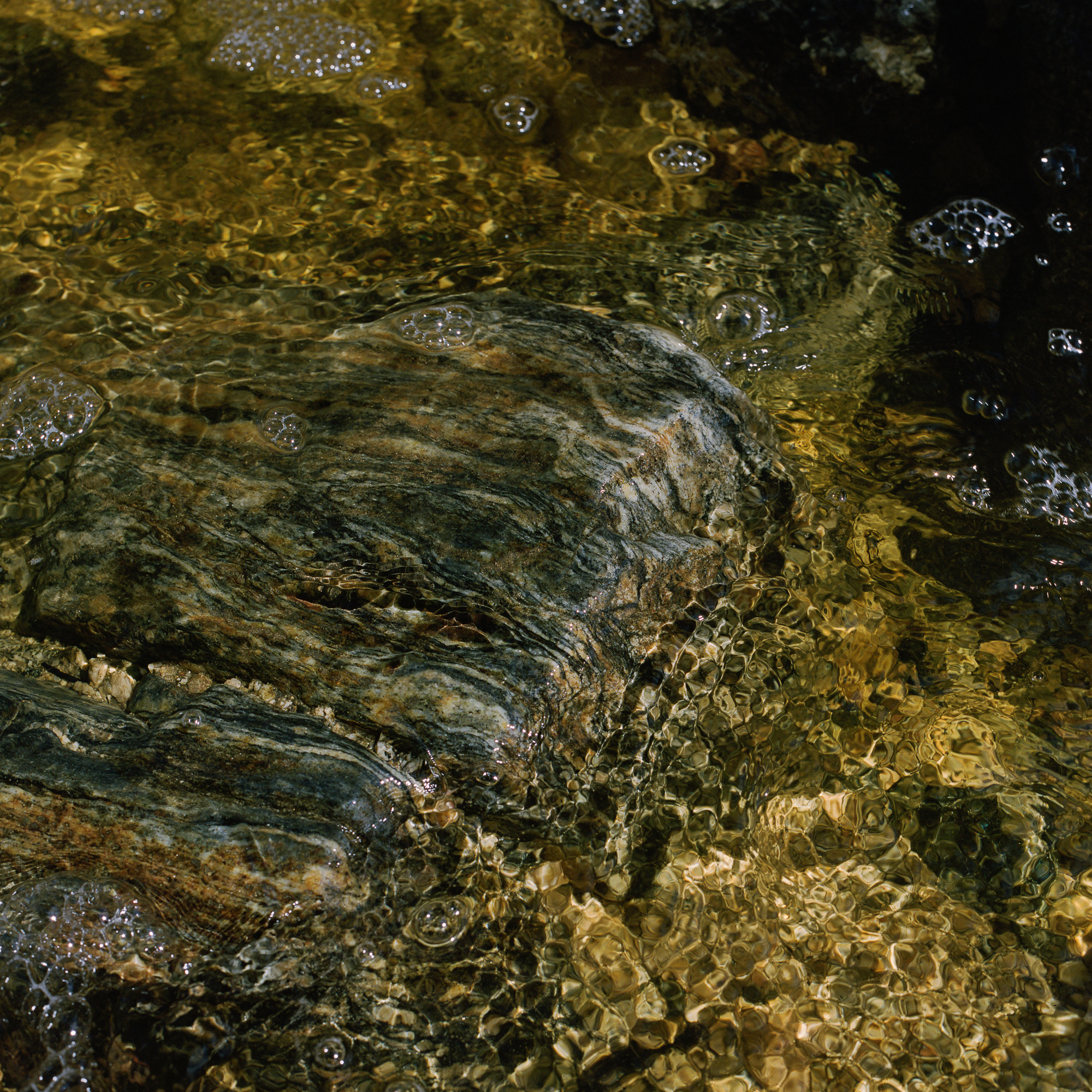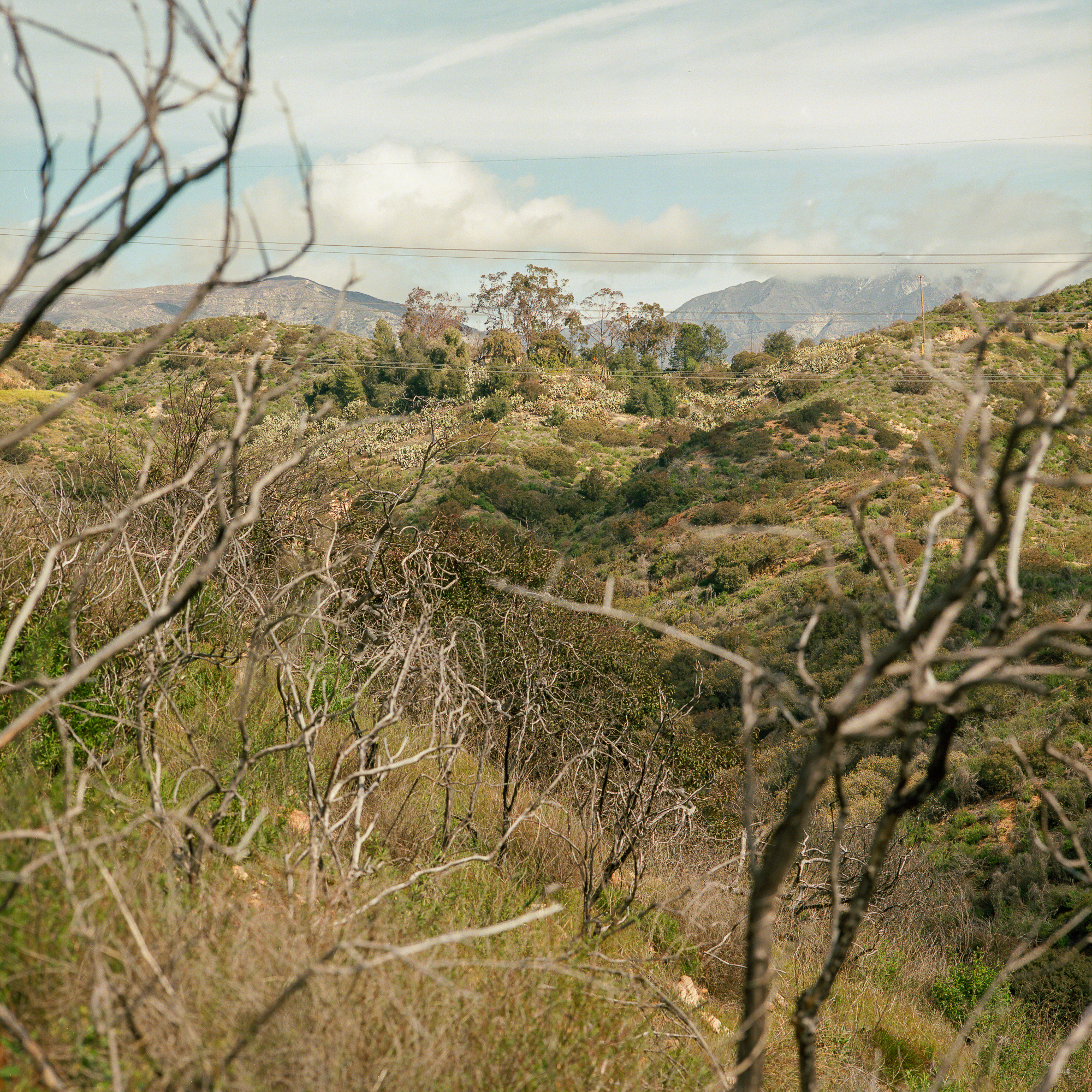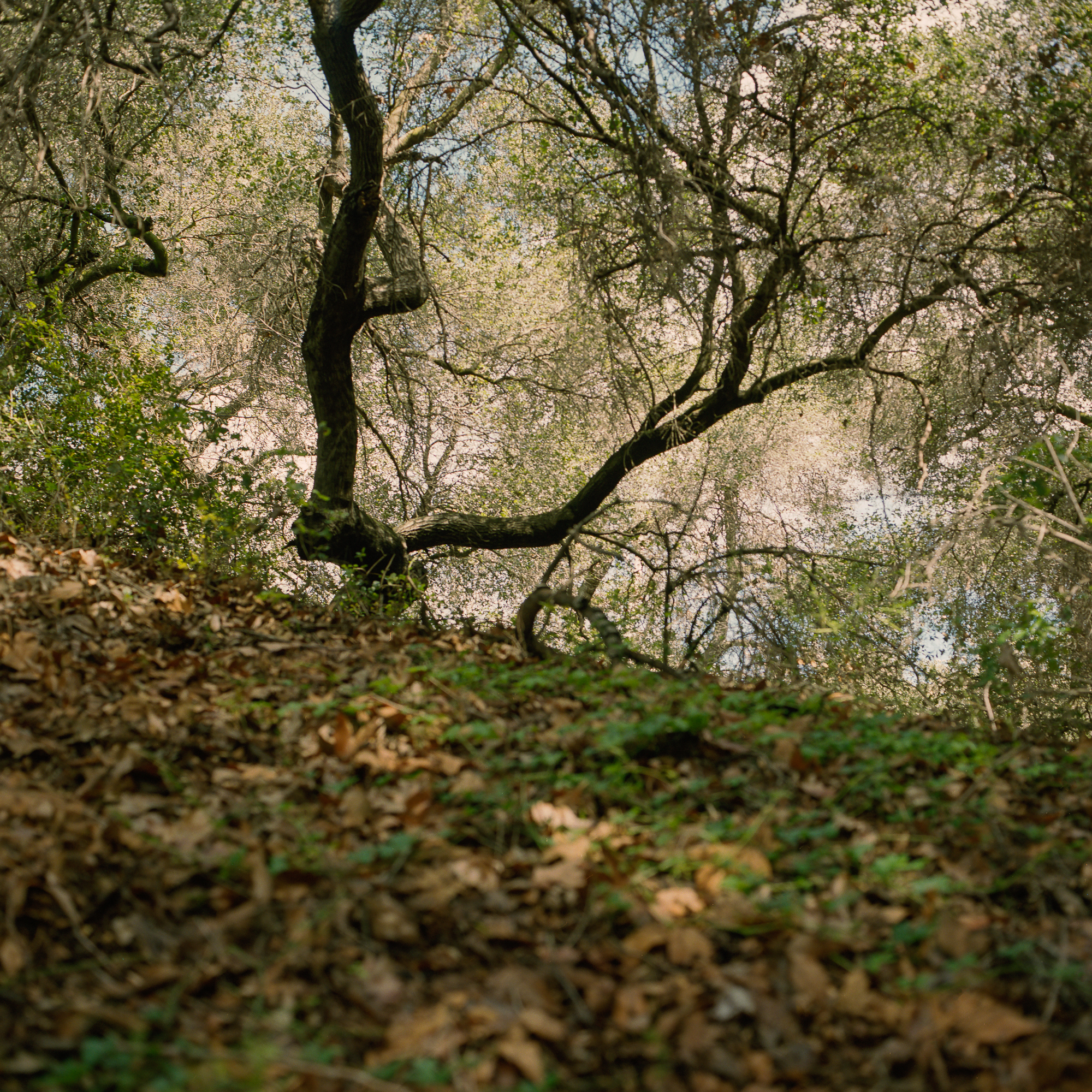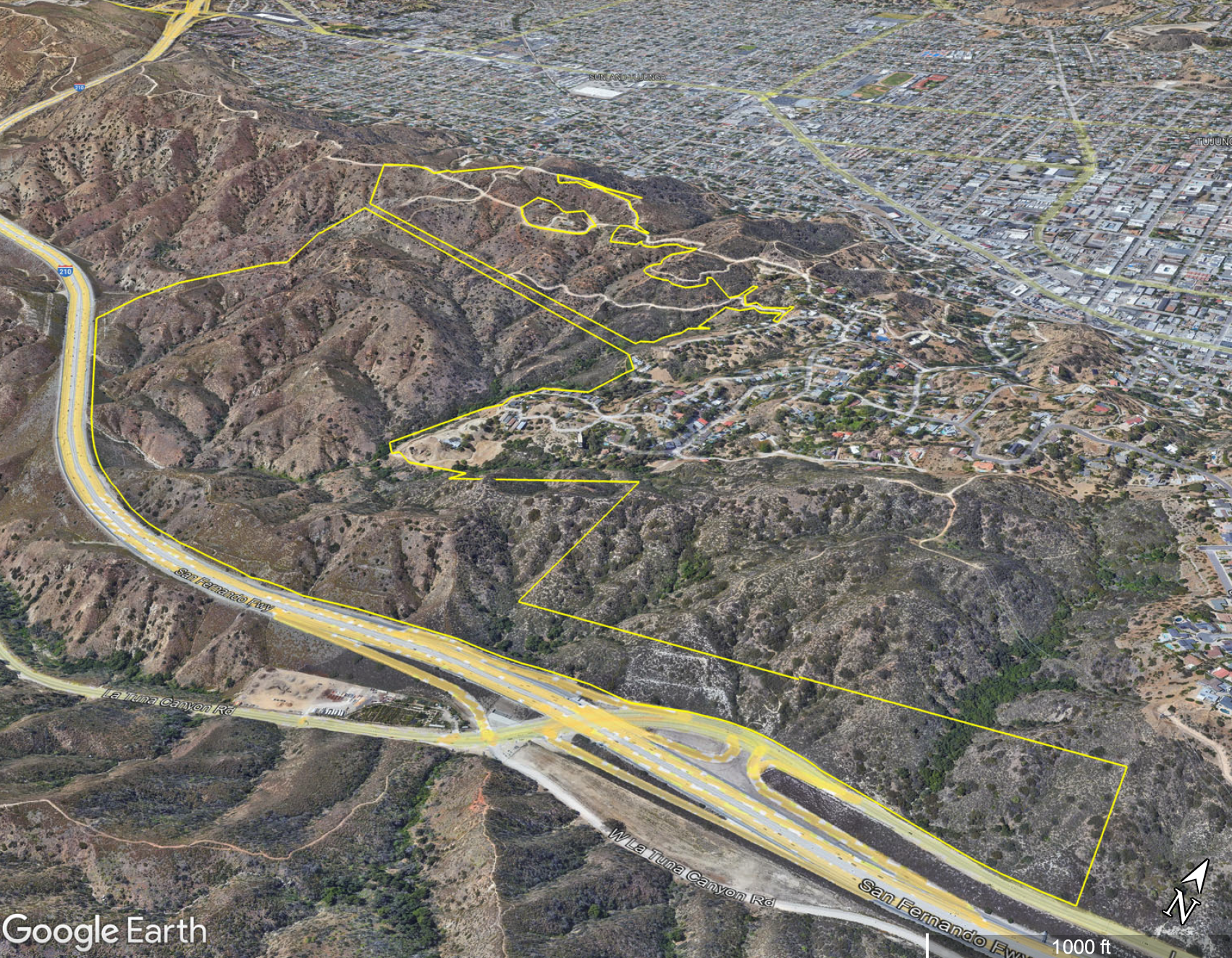
What is ‘Canyon Hills’?
‘Canyon Hills’ is a luxury, gated development proposed for 300 acres of open space in the Verdugo Mountains in Sunland-Tujunga. The easement address for the property is 7000 La Tuna Canyon Road.
Project Specs at a Glance
Project Status
‘Canyon Hills’ was proposed by a private developer in 2003 and approved by L.A. City Council in 2005. The developer was given a 20-year Development Agreement with the City. Though the project sat dormant for 16 years, the developer recently filed for a grading permit in order to begin grading construction. At present, the grading permit is awaiting final approval with the L.A. Department of City Planning.
‘Canyon Hills’ is a luxury, gated development proposed for 300 acres of open space in the Verdugo Mountains in Sunland-Tujunga. The easement address for the property is 7000 La Tuna Canyon Road.
Project Specs at a Glance
- Total lots: 276
-
Maximum Residential Lot Size: 55,872 Sq.Ft.
-
Average Residential Lot Size: 16,000 Sq.Ft.
-
Vesting Tentative Tract Area: 306.5 Acres
-
Grading Area within Boundary: 155 Acres
- Luxury Gated Community with HOA amenities.
Project Status
‘Canyon Hills’ was proposed by a private developer in 2003 and approved by L.A. City Council in 2005. The developer was given a 20-year Development Agreement with the City. Though the project sat dormant for 16 years, the developer recently filed for a grading permit in order to begin grading construction. At present, the grading permit is awaiting final approval with the L.A. Department of City Planning.
︎
CUT-FILL GRADING FOR ‘CANYON HILLS’ REQUIRES MOVING
3,998,100 CY of earth
“The wholesale ecological viability of the Verdugo Mountains ecosystem is at stake.”
— Santa Monica Mountains Conservancy, May 2023
NO CANYON HILLS is dedicated to the conservation, restoration, and longterm stewardship of open space in the Verdugos. Working with a team of dedicated field researchers, NCH has identified more than 350 species at the ‘Canyon Hills’ site, including the Southern CA Rufous-crowned Sparrow, a threatened species.

Ecological Setting
The Verdugo Mountains are a small, steep range at the far northeastern corner of the San Fernando Valley at the southwestern base of the San Gabriel Mountains. The dominant vegetation within the ‘Canyon Hills’ Project area is mixed chaparral, with smaller areas of oak woodland, coastal sage scrub, and riparian (oak-sycamore) woodland. Geologically, the Verdugos are similar to the San Gabriel Mountains, and share a flora similar to both this range and the Santa Monica Mountains, but with certain unique characteristics and species present. Active streams and waterways on the Project site support a range of wildlife.
Flora
The Project site is populated with black sage, california lilacs, buckwheats, and other native flora. Many native trees on the site (various species, including western sycamore, manzanita, and coast live oak) are massive in size, having survived multiple fires. Southern coast live oak (Quercus agrifolia var. oxyadenia) was also recently documented.
Special Status
Significant ‘special status’ findings made by NCH at the site include:
The Verdugo Mountains are a small, steep range at the far northeastern corner of the San Fernando Valley at the southwestern base of the San Gabriel Mountains. The dominant vegetation within the ‘Canyon Hills’ Project area is mixed chaparral, with smaller areas of oak woodland, coastal sage scrub, and riparian (oak-sycamore) woodland. Geologically, the Verdugos are similar to the San Gabriel Mountains, and share a flora similar to both this range and the Santa Monica Mountains, but with certain unique characteristics and species present. Active streams and waterways on the Project site support a range of wildlife.
Flora
The Project site is populated with black sage, california lilacs, buckwheats, and other native flora. Many native trees on the site (various species, including western sycamore, manzanita, and coast live oak) are massive in size, having survived multiple fires. Southern coast live oak (Quercus agrifolia var. oxyadenia) was also recently documented.
Special Status
Significant ‘special status’ findings made by NCH at the site include:
-
Davidson’s bush-mallow (Malacothamnus davidsonii), CRPR 1B.2.
-
San Gabriel oak (Quercus durata var. gabrielensis), CRPR 4.2
-
Plummer’s mariposa lily (Calochortus plummerae), CRPR 4.2
- Ocellated Humboldt lily (Lilium humboldtii var. ocellatum), CRPR 4.2
︎
